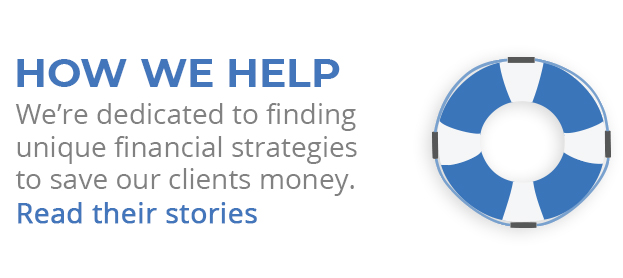Just what is an RMD? After you turn 70½, the IRS requires you to withdraw some of the money in most retirement savings accounts each year. These withdrawals are officially called Required Minimum Distributions (RMDs).
You must take an RMD from a traditional IRAs after you turn 70½, even if you are still working. If you don’t, a severe financial penalty awaits – you may have to pay a 50% tax on the amount not distributed. You are not required to take RMDs from a Roth IRA during your lifetime.
You must also begin taking annual RMDs from SEP and SIMPLE IRAs, pension and profit-sharing plans and 401(k), 403(b) and 457 retirement plans annually past age 70½. If you are still employed, you may be able to delay taking RMDs from a profit-sharing plan, a pension plan, or a 401(k), 403(b) or 457 plan until you retire. The exception: you must take RMDs from these types of accounts after you turn 70½ if you own 5% or more of a business sponsoring such a retirement plan.
The annual RMD deadline is December 31, right? Yes, with one notable exception. The IRS gives you 15 months instead of 12 to take your first RMD. Your first one must be taken in the calendar year after you turn 70½. So if you turned 70½ in 2013, you can take your initial RMD any time before April 1, 2014. However, if you put off your first RMD until next year you will still need to take your second RMD by December 31, 2014.
Calculating RMDs can be complicated. You probably have more than one retirement savings account. You may have several. So this gets rather intricate.
Multiple IRAs. Should you own more than one traditional, SEP or SIMPLE IRA, annual RMDs for these accounts must be calculated separately. The IRS does give you some leeway about how to withdraw the money. You can withdraw 100% of your total yearly RMD amounts from just one IRA, or you can withdraw equal or unequal portions from each of the IRAs you own.
401(k)s & other qualified retirement plans. A separate RMD must be calculated for each qualified retirement plan to which you have contributed. An exception: if you have multiple 403(b) TSAs, you can optionally withdraw the sum of all of the RMDs for them from one 403(b) TSA. RMDs for qualified retirement plans must be paid out separately from the RMD(s) for your IRA(s).
This is why you should talk to your financial or tax advisor about your RMDs. It is really important to have your advisor review all of your retirement accounts to make sure you fulfill your RMD obligation. If you skip an RMD or withdraw less than what you should have, the IRS will find out and hit you with a stiff penalty – you will have to pay 50% of the amount not withdrawn.
Are RMDs taxable? Yes, the withdrawn amounts are characterized as taxable income under the Internal Revenue Code. Should you be wondering, excess RMD amounts can’t be forwarded to apply toward next year’s RMDs.
What if you don’t need the money? If you are wealthy, you may view RMDs as an annual financial nuisance – but the withdrawal amounts may be redirected toward opportunities. While putting the money into a savings account or a CD is the usual route, there are other options with potentially better yields or objectives. That RMD amount could be used to…
*Make a charitable gift. (With enough lead time, a charitable IRA rollover may be arranged; the IRA distribution meets the RMD requirement and isn’t counted as taxable income).
*Start a grandchild’s education fund.
*Fund a long term care insurance policy.
*Leverage your estate using life insurance.
*Diversify your portfolio through investment into stock market alternatives.
There are all kinds of things you could do with the money. The withdrawn funds could be linked to a new purpose.
So to recap, be vigilant and timely when it comes to calculating and making your RMD. Have a tax or financial professional help you, and have a conversation about the destiny of that money.

About the Independent Financial Advisor
Robert Pagliarini, PhD, CFP®, EA has helped clients across the United States manage, grow, and preserve their wealth for the past 25 years. His goal is to provide comprehensive financial, investment, and tax advice in a way that was honest and ethical. In addition, he is a CFP® Board Ambassador, one of only 50 in the country, and a real fiduciary. In his spare time, he writes personal finance books, finance articles for Forbes and develops email and video financial courses to help educate others. With decades of experience as a financial advisor, the media often calls on him for his expertise. Contact Robert today to learn more about his financial planning services.










